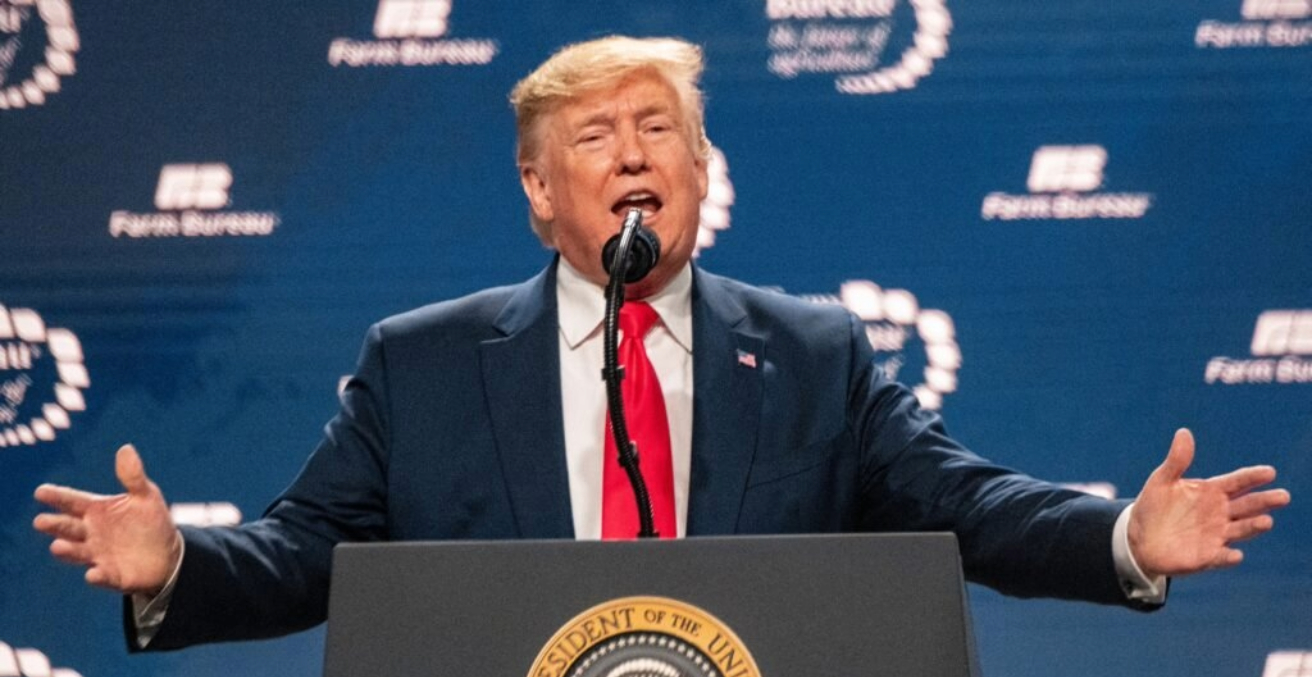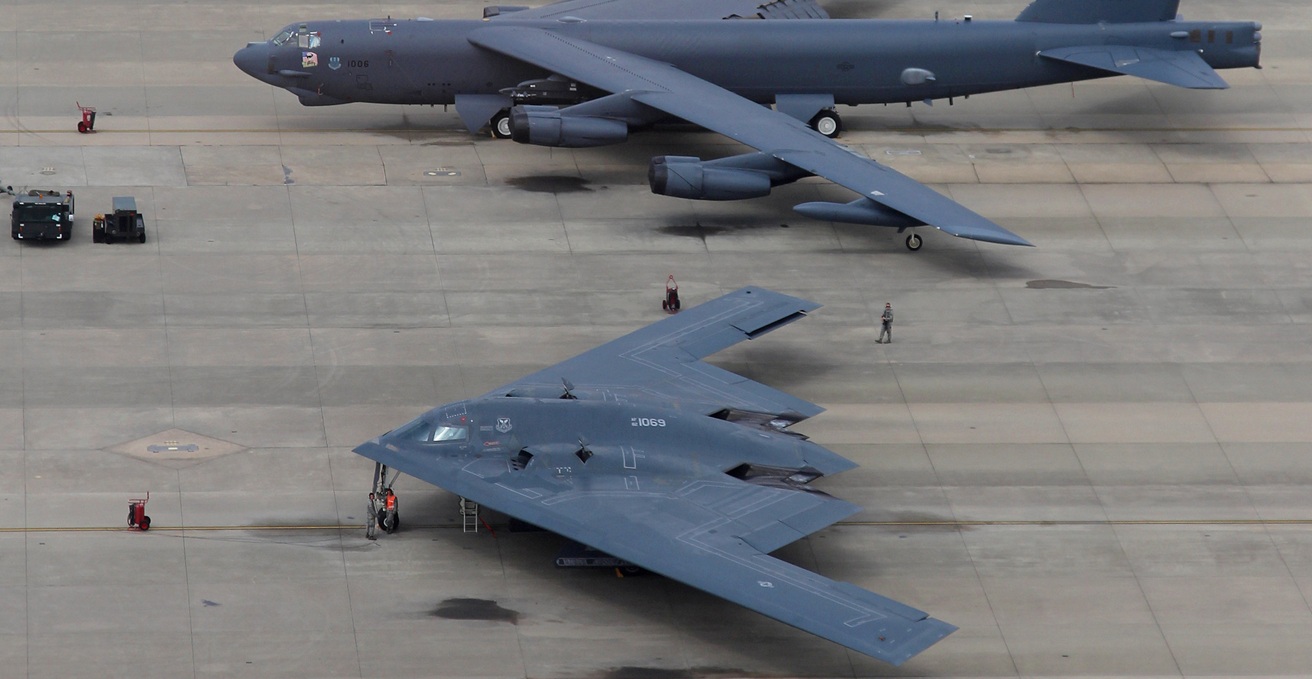Following the use of atomic bombs on Hiroshima and Nagasaki in 1945, it was recognised that international controls were essential to prevent the spread and further use of such weapons. The Nuclear Club presents an in-depth historical study of international efforts to control nuclear weapons, leading to the conclusion of the Nuclear Non-Proliferation Treaty (NPT) in 1968.
The “problems raised by the discovery of atomic energy” was one of the first subjects considered by the newly established United Nations in 1946. The US advanced proposals for nuclear programs to be placed under international control. The Soviet Union, however, would not agree to this, believing it was a scheme to maintain the US monopoly over nuclear weapons. The USSR was secretly pursuing its own nuclear weapon program, and in 1949 conducted its first nuclear test. The US-Soviet nuclear arms race followed.
Faced with a nuclear-armed rival, US thinking about nuclear weapons began to evolve – nuclear weapons were considered too devastating to be used in war. Their purpose evolved from offensive uses to deterrence. It was thought that nuclear deterrence could establish strategic stability between the two nuclear powers, provided no further nuclear-armed states emerged to upset this balance. Thus, the US and the USSR shared a common interest – to prevent the proliferation of nuclear weapons to additional states. The USSR particularly feared the possibility of a nuclear-armed Germany, and neither wanted to see a nuclear-armed China. Initially, it was hoped that maintaining secrecy over nuclear technologies could prevent further weapons programs, but these optimisms had to be reconsidered when the United Kingdom conducted its first nuclear test in 1952. It was then realised that the genie was out of the bottle, and other means of control were required.
In 1953 President Dwight D. Eisenhower presented his “Atoms for Peace” proposal, by which nuclear materials and technology would be made available for peaceful uses with oversight from the new International Atomic Energy Agency (IAEA). It was thought that if nuclear technology and materials were made available to non-nuclear states under appropriate conditions, they would have no reason to develop nuclear capabilities that could subsequently be used for nuclear weapons. Atoms for Peace led to the establishment of the IAEA in 1957, and the development of the IAEA safeguards system.
In 1960 France conducted its first nuclear test. This added to fears that the world was heading towards a “nuclear anarchy.” The “nuclear club” now numbered four, and it seemed more nuclear-armed states were likely to evolve unless there was a major effort to prevent this. The People’s Republic of China was very much in mind, but there was also increasing concern about India. Germany and Japan too were seen as prospective nuclear states, along with a growing list of other “possibles,” including Australia. Clearly, a comprehensive approach to preventing nuclear proliferation was needed. Central to this was the idea of nuclear restraint – states without nuclear weapons would forswear acquiring them, and states with nuclear weapons would commit to not providing them to others. This was to become the principal basis of the NPT.
In 1964 China conducted its first nuclear test. Now there were five nuclear-armed states, which at the time included four permanent members of the UN Security Council – to become the P5 with the PRC’s accension in 1971 replacing the Republic of China. The “nuclear club” was now complete, though China was seen to have different interests and consequently was not welcomed as a member. Preparations for the negotiation of the NPT were now gathering pace.
Other initiatives were also pursued. Particularly important was the 1963 Partial Test Ban Treaty prohibiting nuclear tests in the atmosphere, outer space, and under water – making it more difficult for additional states to develop nuclear weapons, as well as stopping further radioactive contamination from nuclear tests. Other ideas from this time included nuclear-weapon-free zones, a fissile material cut-off treaty (FMCT), and strategic arms limitations. The US came up with the ideas of extended nuclear deterrence, involving providing a “nuclear umbrella” to allies, and “nuclear sharing” with NATO allies. These were aimed to remove any motivation allies might have to develop their own nuclear weapons.
The NPT negotiations commenced in 1965. The Nuclear Club’s account of these negotiations and the consequences of the NPT’s entry into force finishes in the 1970s, with a final chapter touching on developments over the intervening fifty years. Briefly, regarding non-proliferation, the current number of nine nuclear-armed states, comprising the original five plus India, Israel, Pakistan, and North Korea, compares favourably with 1960s predictions that the number could reach 30 or more. On the other hand, nine is almost double the five states that had nuclear weapons when the NPT was concluded, so non-proliferation might be considered only a qualified success.
When it comes to nuclear disarmament, however, the situation is dire. The nine nuclear-armed states have between them over 12,500 nuclear weapons, over 11,000 of which are held by the US and Russia. This far exceeds the number required for deterrence, and is enough to destroy human civilisation several times over. Worse still, the number of nuclear weapons is increasing. Contemporary events highlight that the risk of nuclear war today is at least as high as during the Cold War. The supposed benefits of nuclear weapons – deterrence and strategic stability – cannot be assured. How has the world found itself in this situation, and what can we do about it?
As The Nuclear Club shows, the focus of the nuclear powers leading up to the NPT was on preventing horizontal proliferation, the spread of nuclear weapons to additional states, instead of reducing and eliminating nuclear weapons. The US and the other nuclear-weapon states have never been seriously committed to disarmament. Nuclear weapons are seen as essential to maintaining the status of the “nuclear club,” the P5, and containing strategic competition between them. Accordingly, they see the NPT’s division of parties between the nuclear “haves” and “have nots” as a permanent state of affairs – a position totally inconsistent with the provisions of the NPT, the expectations of all non-nuclear-weapon states parties, and the 1996 advisory opinion of the International Court of Justice on the legality of nuclear weapons.
In trying to find solutions, it is important to understand the past. The Nuclear Club is extremely detailed and comprehensive, including over 70 pages of references. As such, the book will appeal more to specialists than general readers. However, it provides an unparalleled analysis of the political influences that shaped the current international framework applying to nuclear weapons. The book is invaluable reading to anyone trying to understand how the current nuclear weapons predicament evolved and the attitudes that must be changed if we are to reduce nuclear risks and seriously tackle nuclear disarmament.
This is a review of Jonathan Hunt, The Nuclear Club: How America and the World Policed the Atom from Hiroshima to Vietnam (Stanford University Press, 2022). ISBN: 9781503636309
John Carlson AM was Director General of the Australian Safeguards and Non-Proliferation Office (ASNO) 1989-2010 and chair of the IAEA’s Standing Advisory Group on Safeguards Implementation 2001-06. Current affiliations include the Asia-Pacific Leadership Network on Nuclear Non-Proliferation and Disarmament (APLN) and the Vienna Center for Disarmament and Non-Proliferation (VCDNP).
This review is published under a Creative Commons License and may be republished with attribution




